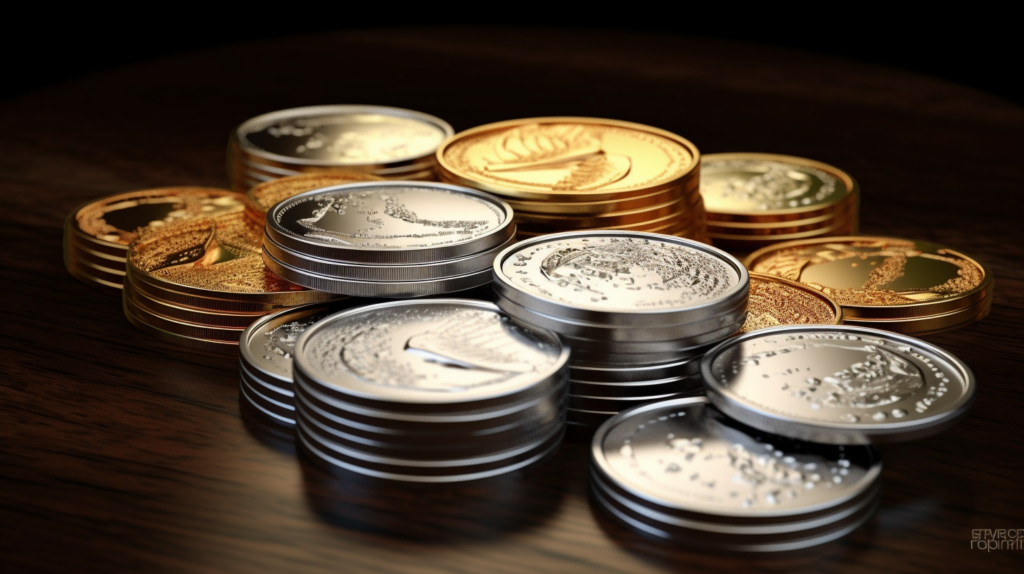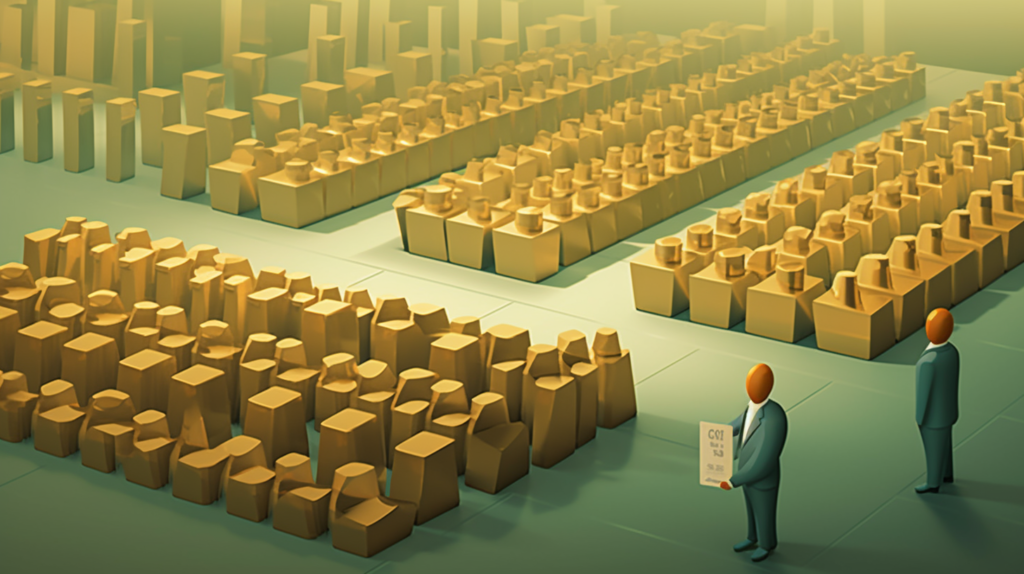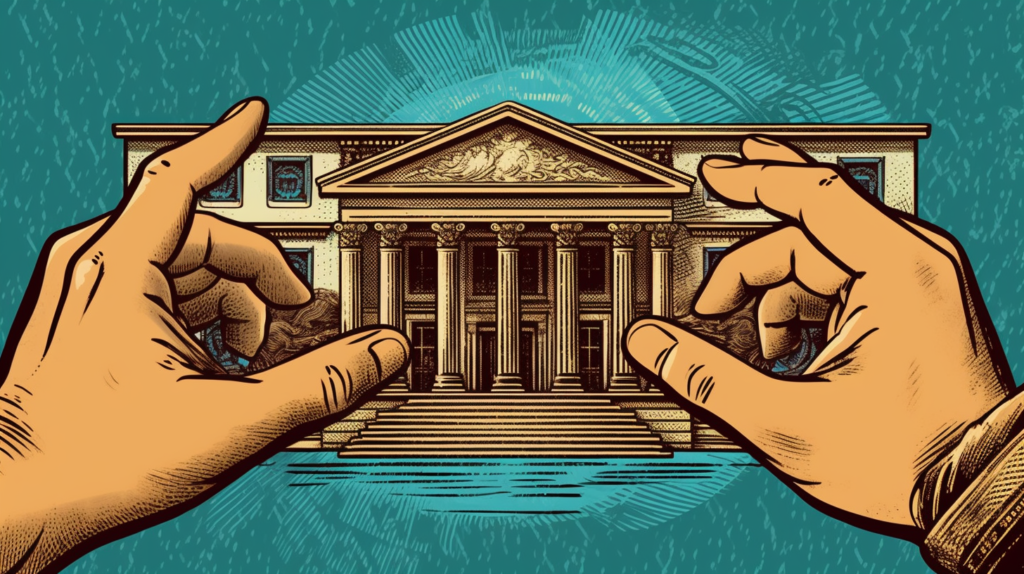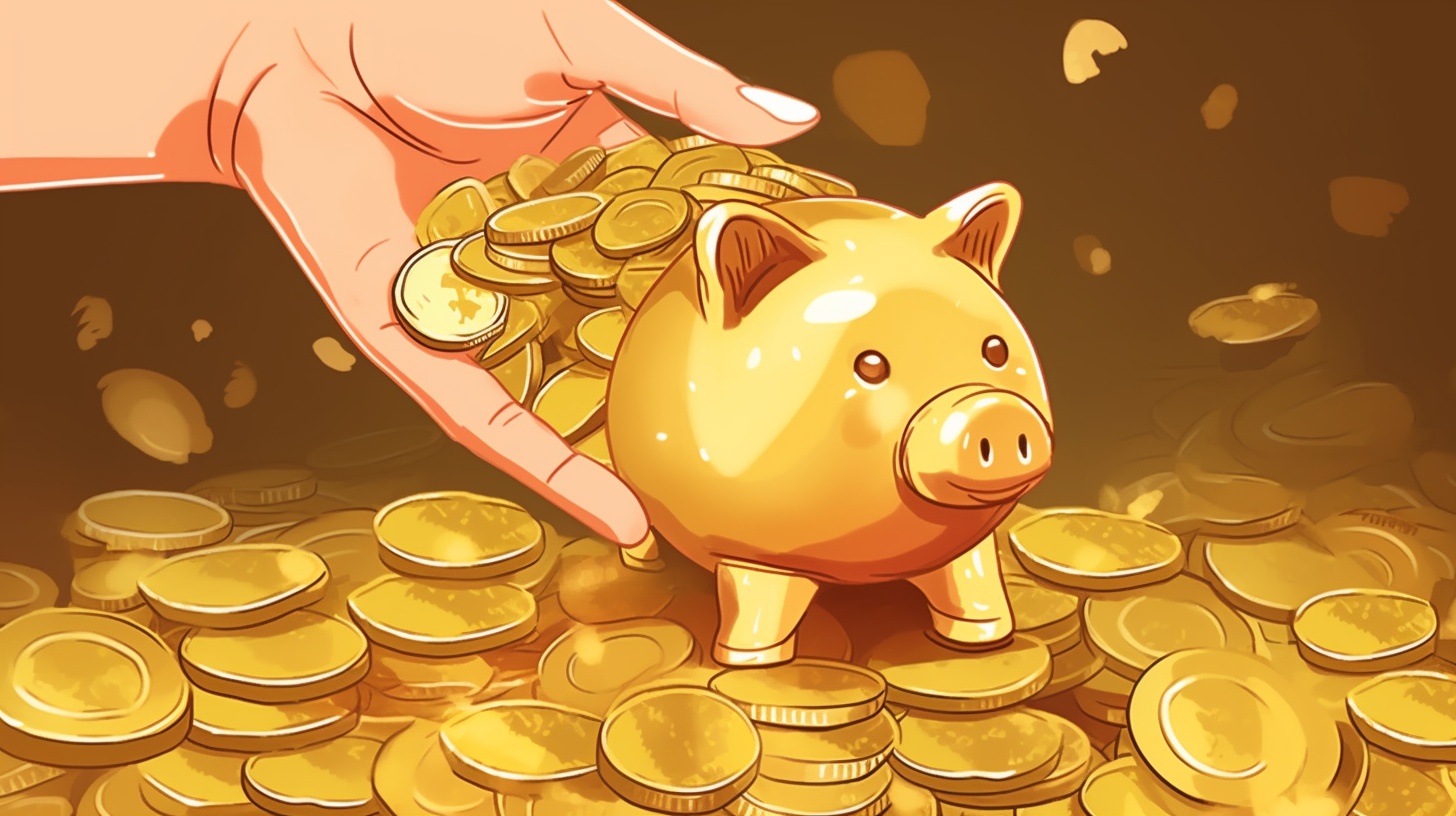Are you looking to diversify your retirement portfolio? One option to consider is a precious metals IRA rollover. This type of investment allows you to use funds from an existing IRA account to purchase precious metals, such as gold or silver, which can provide a hedge against inflation and market volatility.
There are several benefits to investing in precious metals through an IRA rollover. First, these assets have historically held their value over time and can provide a level of stability in uncertain economic times. Additionally, because they are tangible assets that you physically own, they offer a sense of security that other types of investments may not.
In this article, we’ll explore the basics of IRA rollovers and the process for investing in precious metals through your retirement account.
Understanding the Basics of IRA Rollovers
You’ll need to understand the basics of IRA rollovers if you want to make a successful precious metals IRA rollover. An IRA rollover involves moving funds from one retirement account to another, and it can be an effective way to invest in precious metals for your future.
To start the process, you’ll need to choose a custodian who specializes in precious metals IRAs. They’ll help you transfer your existing retirement account into a new self-directed IRA that allows for investments in gold, silver, platinum, or palladium.
Once you’ve selected your custodian and established your new self-directed IRA, you’ll need to select the type of precious metal(s) you want to invest in. It’s important to consider the current market conditions when choosing which metal(s) are right for you. You may also want to diversify your portfolio by investing in more than one type of metal. Your chosen custodian should provide guidance on this decision and help ensure that your investment aligns with your long-term financial goals.
When transferring funds from one retirement account to another through an IRA rollover, it’s crucial that the transaction is handled properly so as not to trigger any tax consequences or penalties. Your custodian should assist with this process and ensure that all necessary paperwork is completed accurately and submitted on time. Additionally, they should handle any physical delivery or storage requirements associated with owning tangible assets like precious metals.
Understanding the basics of IRA rollovers is critical if you’re considering investing in a precious metals IRA. Choose a reputable custodian who specializes in these types of accounts and work with them closely throughout the transfer process. Consider market conditions carefully when selecting which metal(s) to invest in and aim for diversification within your portfolio. Finally, trust your chosen custodian’s expertise regarding tax implications and storage requirements associated with owning tangible assets like gold or silver. With careful planning and execution, a precious metals IRA can be an effective tool for securing your financial future.
Exploring the Benefits of Investing in Precious Metals
Investing in gold or silver can diversify your portfolio and provide a hedge against inflation. Precious metals have been used as a store of value for thousands of years, making them an attractive investment option for those looking to safeguard their wealth. Unlike paper currency, precious metals like gold and silver are tangible assets that hold their value over time.
One benefit of investing in precious metals is their ability to act as a hedge against inflation. When the value of paper currency decreases, the price of gold and silver typically rises. This is because these metals are seen as safe havens during times of economic uncertainty.
By including precious metals in your IRA portfolio, you can help protect yourself from the negative effects of inflation. Another advantage of investing in precious metals through an IRA rollover is the potential for tax benefits. With a traditional IRA or 401(k), you may not be able to invest directly in physical assets like gold or silver.
However, by rolling over your retirement account into a self-directed IRA that allows for alternative investments, you may be able to buy and hold precious metals without paying taxes on gains until you withdraw funds from the account. Investing in precious metals can help diversify your portfolio and reduce overall risk.
While stocks and bonds can be volatile during economic downturns, gold and silver tend to hold their value more consistently over time. By adding these assets to your retirement account alongside other investments, you can create a more balanced portfolio that has the potential to perform well under different market conditions.
In conclusion, if you’re considering an IRA rollover, it’s worth exploring the benefits of investing in precious metals like gold or silver. These assets offer unique advantages such as acting as a hedge against inflation, providing potential tax benefits through self-directed IRAs, and helping diversify your overall investment portfolio.
As with any investment decision, it’s important to do your research and consult with a financial advisor before making any changes to your retirement account.

Types of Precious Metals Eligible for IRA Investment
By including physical gold or silver in your retirement account, you can hold these tangible assets that have stood the test of time. Both gold and silver are types of precious metals that are eligible for IRA investment. However, it’s important to note that not all forms of these metals qualify.
For example, collectible coins don’t meet the criteria. Gold and silver bars or coins must meet specific standards set by the Internal Revenue Service (IRS) to be considered eligible for investment within an IRA. Gold bars must have a fineness rating of at least .995%, while silver bars must have a fineness rating of at least .999%. Coins must also meet certain requirements, such as being produced by a national mint and having legal tender status in their country of origin.
Investing in precious metals like gold and silver can provide diversification to your retirement portfolio. These metals have historically held their value during times of economic uncertainty when other investments may falter. Additionally, they can act as a hedge against inflation since their value tends to rise along with consumer prices.
If you’re considering investing in precious metals within your IRA, make sure to educate yourself on the types of gold and silver that qualify for investment. By holding tangible assets with intrinsic value, you can potentially protect your retirement savings from market volatility and inflationary pressures over time.

Choosing a Precious Metals IRA Custodian
When selecting a custodian for your IRA, it’s important to find someone who can securely store and manage your tangible assets. Here are three things you should consider when choosing a precious metals IRA custodian:
- Reputation: Look for a custodian with a strong reputation in the industry. You want to work with someone who has experience managing precious metals IRAs and has a proven track record of providing excellent service.
- Security: As your IRA will be storing valuable assets, security is paramount. Make sure the custodian you choose has appropriate security measures in place to protect your investments from theft or damage.
- Fees: Different custodians charge different fees for their services. So, it’s important to compare costs before making a decision. While fees shouldn’t be the only factor you consider, they can have an impact on the overall returns of your investment over time.
Ultimately, choosing the right custodian is an important decision that can have long-term implications for your retirement savings. Take the time to do your research and find someone who meets all of your requirements and provides peace of mind, knowing that your precious metals IRA is in good hands.
The Process of Transferring Funds to a Precious Metals IRA
To initiate the transfer of funds to a tangible assets IRA, it’s crucial to first select a reputable custodian and ensure that your current IRA provider allows for transfers. Once you have chosen a custodian, they will help you fill out the necessary paperwork to initiate the transfer process.
This typically involves providing information about your current IRA account and the amount of funds you wish to transfer. After submitting the paperwork, it may take some time for the transfer to be completed. The exact timeline can vary depending on factors such as the type of assets being transferred and any delays in processing by either your current IRA provider or the new custodian.
It’s important to stay in communication with both parties throughout the process in order to ensure that everything is proceeding smoothly. Once the funds have been successfully transferred, you can begin investing in precious metals through your new tangible assets IRA.
Your custodian will work with you to choose appropriate investments based on your goals and risk tolerance. It’s important to remember that investing in precious metals carries risks just like any other investment, so make sure you do thorough research before making any decisions.
Transferring funds from an existing IRA into a tangible assets IRA requires careful planning and execution. By choosing a reputable custodian and staying involved throughout the transfer process, you can ensure that everything goes smoothly and start investing in precious metals with confidence.

Managing Your Precious Metals IRA Portfolio
Congratulations! You’ve successfully transferred your funds to a precious metals IRA. Now, it’s time to manage your portfolio wisely. As with any investment, staying on top of market trends and making informed decisions is key to maximizing returns.
Here are some tips for managing your precious metals IRA portfolio:
- Diversify: It’s important to spread out your investments across different types of precious metals, such as gold, silver, platinum, and palladium. This can help minimize risk and increase the potential for long-term gains.
- Keep an eye on the market: The price of precious metals fluctuates regularly based on supply and demand as well as geopolitical factors. Stay up-to-date on market news so you can make informed decisions about when to buy or sell.
- Consider storage options: Precious metals must be stored in a secure facility that meets IRS requirements for IRA accounts. Some custodians offer storage options while others require you to find your own approved depository.
- Rebalance periodically: Over time, the value of different assets in your portfolio may shift causing it to become unbalanced. To maintain diversification and maximize returns, consider rebalancing periodically by buying or selling assets accordingly.
Managing a precious metals IRA portfolio can seem daunting at first but with careful attention and strategic decision-making, it can be a valuable addition to any investment strategy. Remember to diversify across different types of metals, stay updated on market trends, consider storage options carefully, and rebalance periodically for optimal results.
Risks and Considerations for Precious Metals IRA Rollovers
Before deciding to transfer funds from your traditional IRA into a self-directed account, it’s important to understand the potential risks and considerations involved.
One of the biggest risks is the possibility of losing money due to market fluctuations. Unlike traditional retirement accounts, self-directed IRAs aren’t insured by the FDIC or any other government agency. This means that if your investments perform poorly, you could lose a significant portion of your retirement savings.
Another consideration is the potential for fraud or scams. Some companies may try to lure you in with promises of high returns on your investment, but then fail to deliver on those promises. It’s important to do your research and only work with reputable companies that have a track record of success.
You also need to consider the fees associated with precious metals IRA rollovers. These can include transaction fees, storage fees, management fees, and more. Make sure you fully understand all of these costs before making any decisions about transferring your funds.
It’s important to remember that precious metals should only be one part of a well-diversified portfolio. While they can offer protection against inflation and market volatility, they shouldn’t make up more than 5-10% of your overall portfolio.
By carefully considering these risks and considerations before making any decisions about precious metals IRA rollovers, you can help ensure that you’re making informed choices about how best to protect and grow your retirement savings over time.
Conclusion
You now have a solid understanding of precious metals IRA rollovers and how they can benefit your retirement portfolio. By exploring the benefits of investing in precious metals, you’ve learned that they offer a hedge against inflation and are known for their long-term value.
Now that you know which types of precious metals are eligible for IRA investment, it’s time to choose a reputable custodian who can help you manage your portfolio. The process of transferring funds to a precious metals IRA may seem daunting at first, but with the right guidance, it can be done smoothly and efficiently.
As with any investment strategy, there are risks and considerations to keep in mind when pursuing a precious metals IRA rollover. It’s important to consult with financial experts and do your own research before making any decisions.
With careful planning and management, however, investing in precious metals through an IRA rollover could prove to be a wise choice for securing your financial future.
